Discovering the Heart of Saigon
Embark on a captivating journey through Ho Chi Minh City, uncovering its rich history and vibrant culture on this free walking tour.
Time
3 Hours
Stops
9 Places
Distance
5.8 km
Notre-Dame Cathedral Basilica of Saigon
Start your tour at this iconic French colonial cathedral, a symbol of the city's rich history and architectural grandeur.
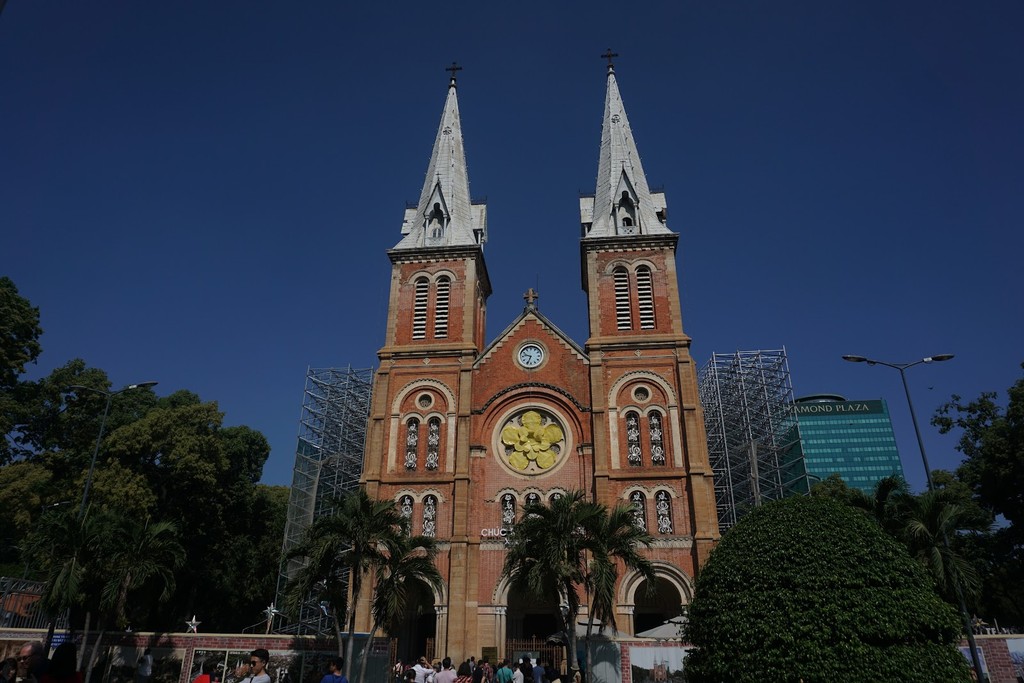
Notre-Dame Cathedral Basilica of Saigon (Source: Google Maps)
The Notre-Dame Cathedral Basilica of Saigon, completed in 1880, is a stunning example of French colonial architecture. Built using materials imported from France, it features two impressive bell towers that rise 58 meters high. The cathedral is a prominent symbol of the city, showcasing beautiful stained glass windows and intricate details that reflect the craftsmanship of the era. It has become a gathering place for locals and tourists alike, offering a serene environment amidst the bustling city. The basilica is often the backdrop for weddings and religious ceremonies, enhancing its cultural significance as a spiritual hub in Ho Chi Minh City.
Saigon Central Post Office
Just a short walk from the cathedral, this beautifully preserved post office showcases Gothic, Renaissance, and French influences.
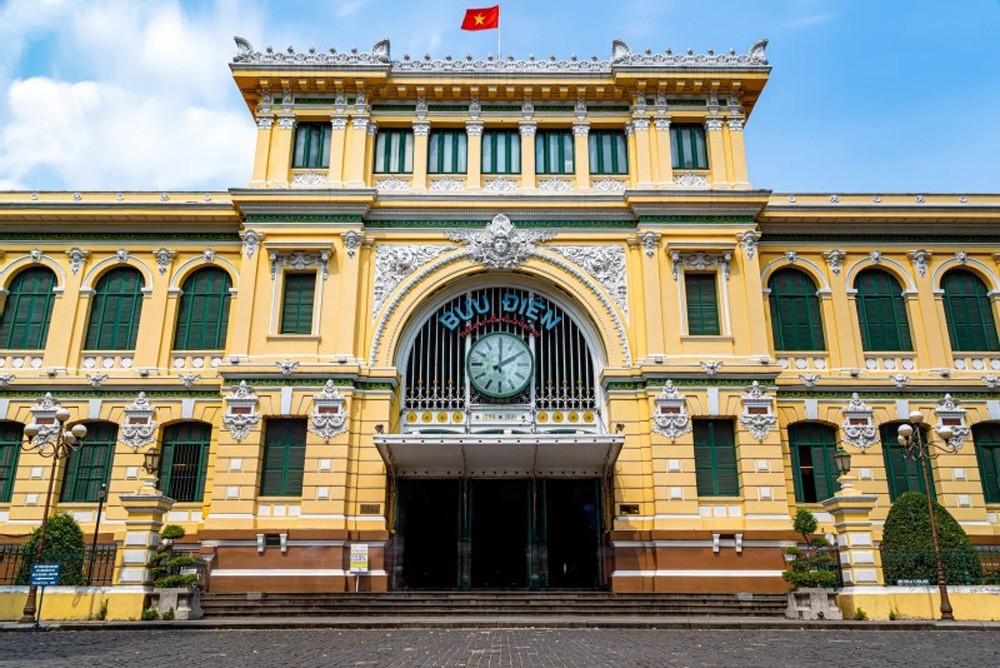
Saigon Central Post Office (Source: Google Maps)
The Saigon Central Post Office, designed by French architect Gustave Eiffel, is a magnificent blend of Gothic, Renaissance, and French influences. Completed in 1891, it features a grand façade adorned with arched windows and intricate details that reflect the elegance of colonial architecture. Inside, the post office boasts a stunning vaulted ceiling and a large mural depicting the city’s history. It remains a functioning post office, allowing visitors to experience its operational charm. The building is a hub of activity, where locals and tourists can send postcards, shop for souvenirs, or simply admire the architectural beauty that stands as a testament to the city's colonial past.
Book Street (Nguyen Van Binh Street)
Enjoy a stroll down this charming pedestrian street lined with bookshops and cafes, perfect for a quick cultural immersion.
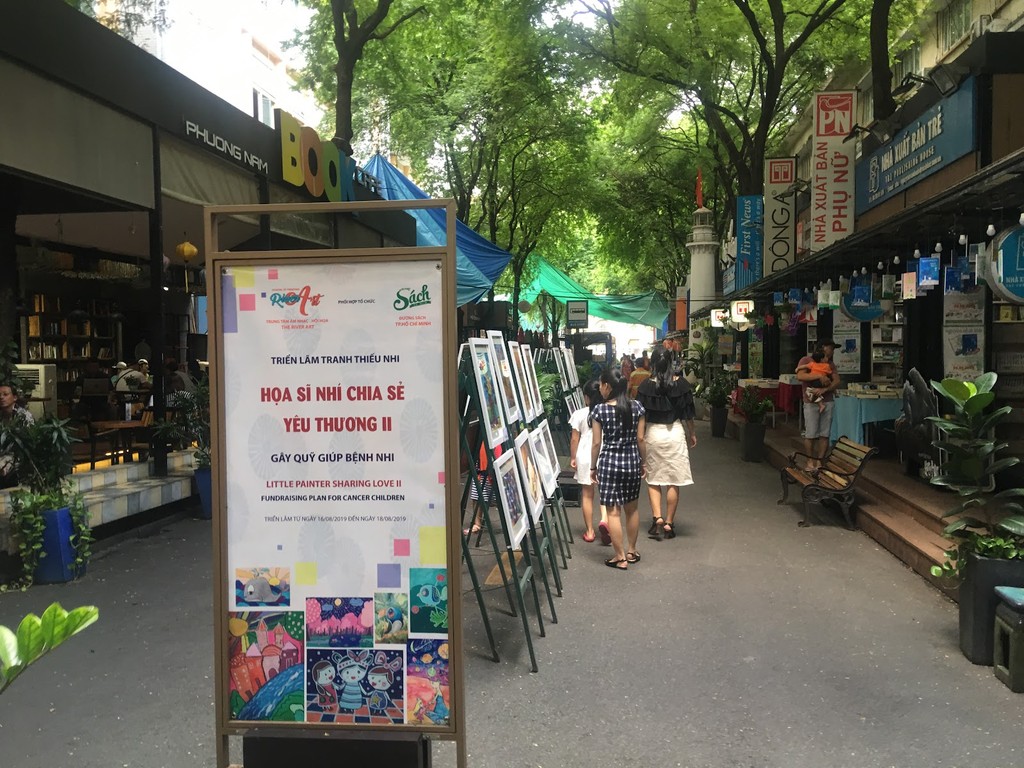
Book Street (Nguyen Van Binh Street) (Source: Google Maps)
Book Street, also known as Nguyen Van Binh Street, is a vibrant pedestrian thoroughfare that celebrates literature and culture in Ho Chi Minh City. Lined with charming bookstores, cafes, and art displays, it offers a unique atmosphere for book lovers and casual strollers alike. The street is often filled with local vendors selling books, magazines, and handmade crafts, creating a lively marketplace. It serves as a cultural hub, hosting literary events and gatherings that promote reading and education. The ambiance is perfect for enjoying a cup of coffee while browsing through a variety of literary works, making it a must-visit for those seeking a taste of the city's intellectual life.
Independence Palace (Reunification Palace)
Visit the historic site where the Vietnam War officially ended, offering a glimpse into the country's political past.
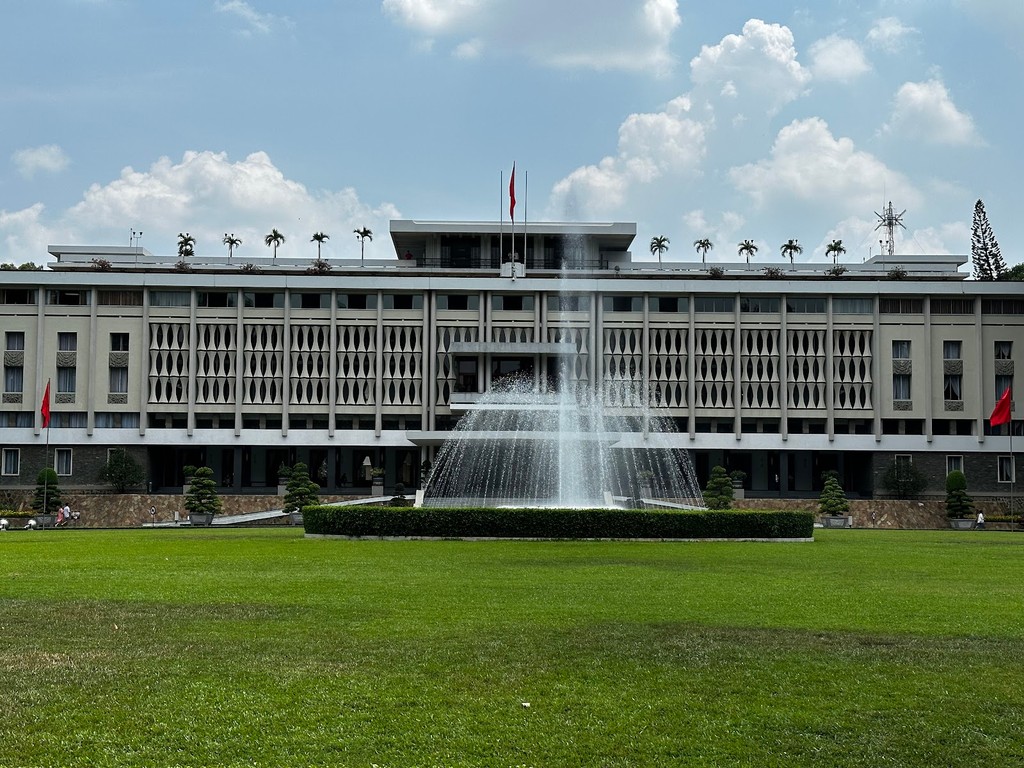
Independence Palace (Reunification Palace) (Source: Google Maps)
The Independence Palace, also known as the Reunification Palace, is a historic landmark that played a pivotal role during the Vietnam War. Completed in 1966, it was the official residence of the President of South Vietnam. The palace is a striking example of modernist architecture, featuring spacious halls and lush gardens. Its historical significance is profound, as it was the site where the Vietnam War officially ended in 1975 with the fall of Saigon. Visitors can explore the grand rooms, including the war room and the reception hall, which are filled with artifacts from the era. The palace serves as a reminder of the country's tumultuous past and a symbol of its resilience.
War Remnants Museum
A short walk away, this museum provides a poignant look at the impacts of the Vietnam War from a Vietnamese perspective.
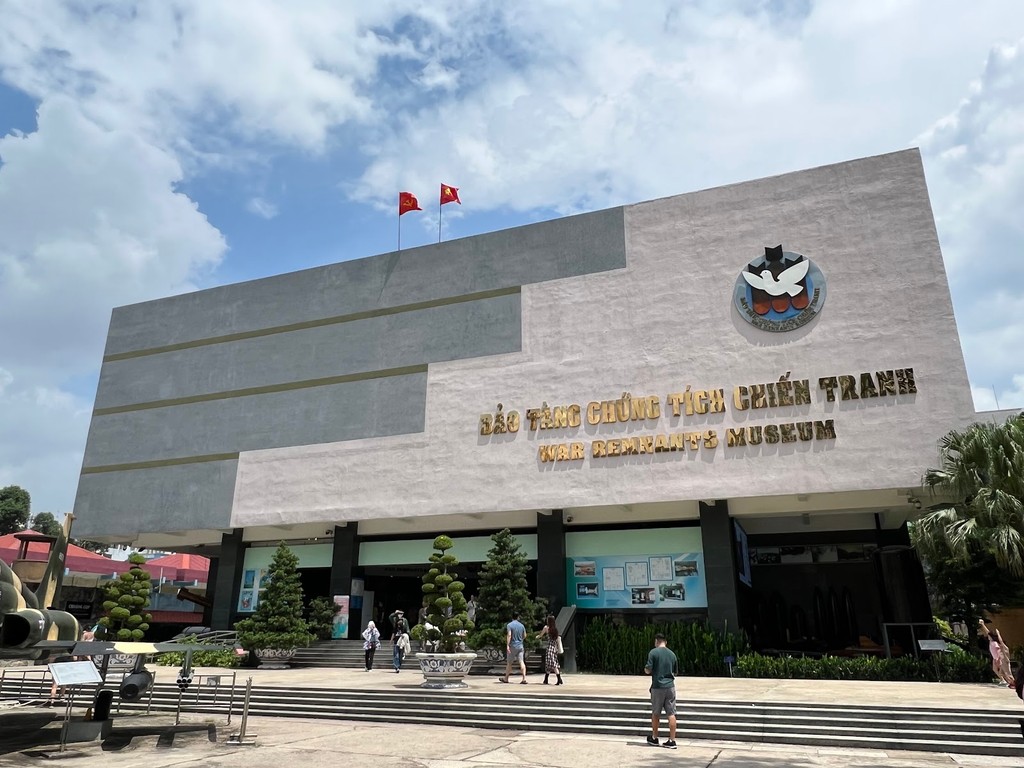
War Remnants Museum (Source: Google Maps)
The War Remnants Museum offers a poignant and thought-provoking look at the Vietnam War from a Vietnamese perspective. Established in 1975, the museum features a collection of photographs, artifacts, and exhibitions that document the war's impact on the country and its people. Visitors can explore various sections, including displays of military equipment and personal stories of those affected by the conflict. The museum aims to educate the public about the consequences of war and promote peace. It is a powerful space for reflection and understanding, attracting visitors from around the world who seek to learn about Vietnam's history and the resilience of its people.
Jade Emperor Pagoda
Explore this atmospheric Taoist pagoda, renowned for its intricate carvings and peaceful ambiance.
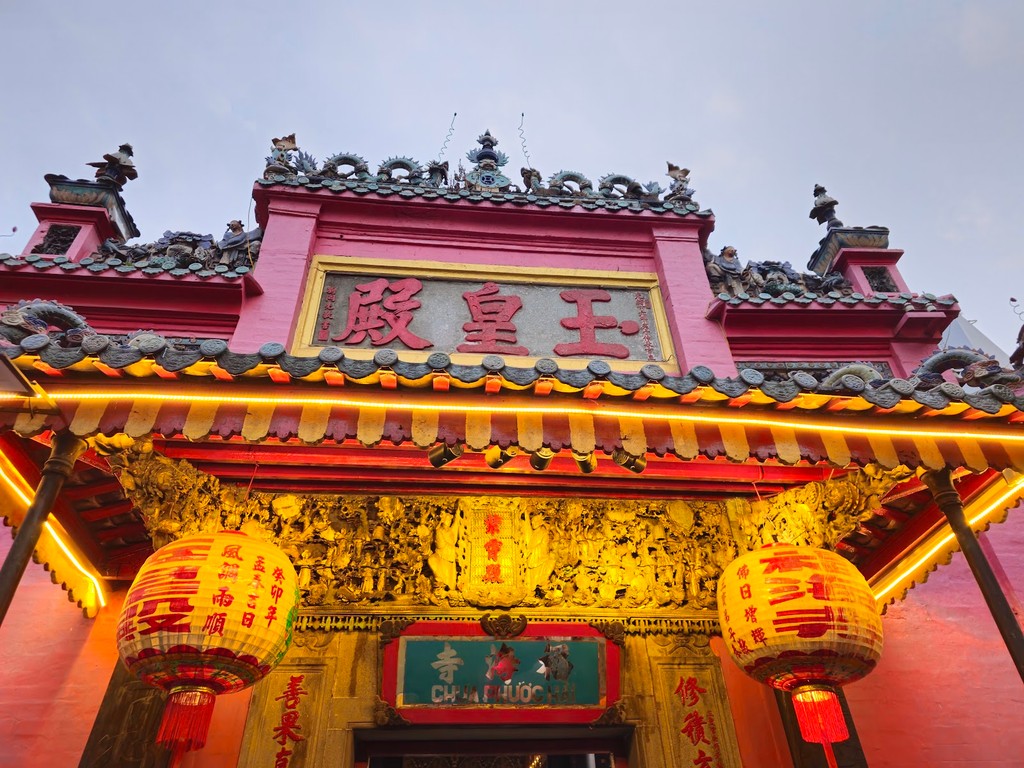
Jade Emperor Pagoda (Source: Google Maps)
The Jade Emperor Pagoda, also known as Phuoc Hai Tu, is a serene Taoist temple renowned for its intricate carvings and vibrant atmosphere. Built in the early 20th century, the pagoda is dedicated to the Jade Emperor, the supreme deity in Taoist belief. The interior is adorned with statues of various deities, intricate woodwork, and colorful murals that depict Chinese mythology. Visitors can experience the peaceful ambiance while observing local worshippers engaging in traditional rituals. The pagoda is a cultural gem, reflecting the spiritual practices of the Vietnamese people and offering a glimpse into the rich tapestry of beliefs that coexist in Ho Chi Minh City.
Le Van Tam Park
Take a relaxing walk through this green space, offering a break from the city's hustle and a chance to observe local life.
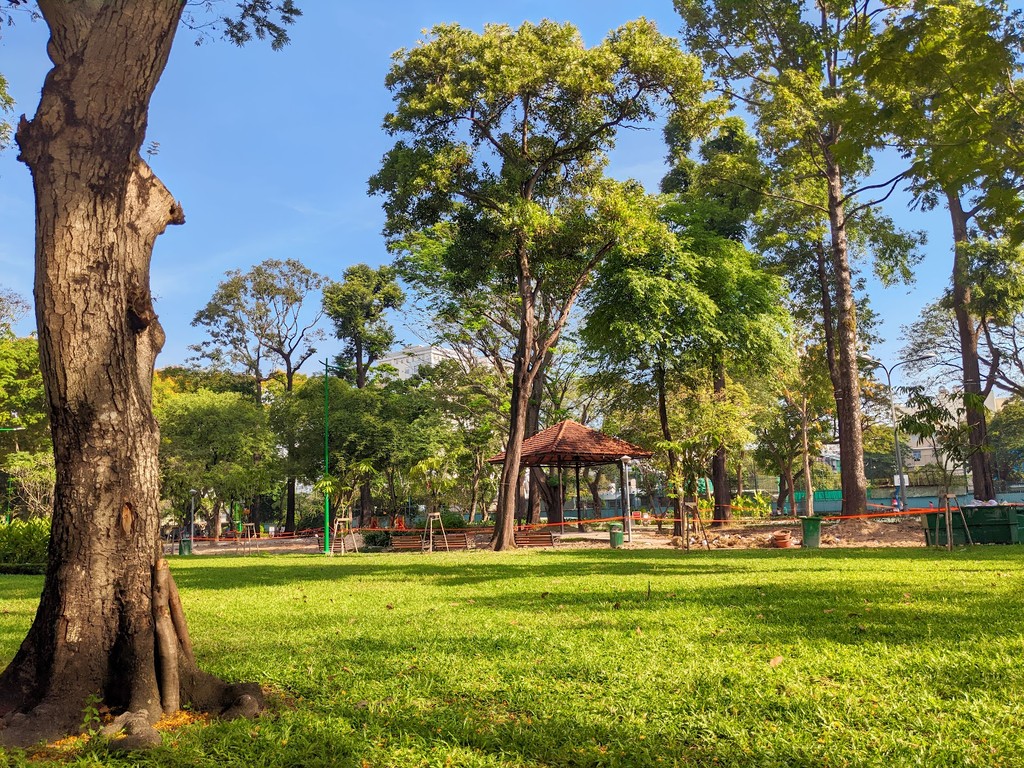
Le Van Tam Park (Source: Google Maps)
Le Van Tam Park is a beloved green space in the heart of Ho Chi Minh City, offering a tranquil escape from the urban hustle. Established in the early 20th century, the park features lush gardens, walking paths, and a variety of trees that provide shade and beauty. It is a popular spot for locals to relax, exercise, and socialize, often filled with families, joggers, and tai chi practitioners. The park hosts various events and festivals throughout the year, enhancing its role as a community gathering place. Visitors can enjoy the peaceful surroundings, observe local life, and partake in recreational activities, making it a perfect spot to unwind and connect with the city's vibrant culture.
Tan Dinh Church
Admire the stunning pink facade of this Roman Catholic church, a striking example of French colonial architecture.
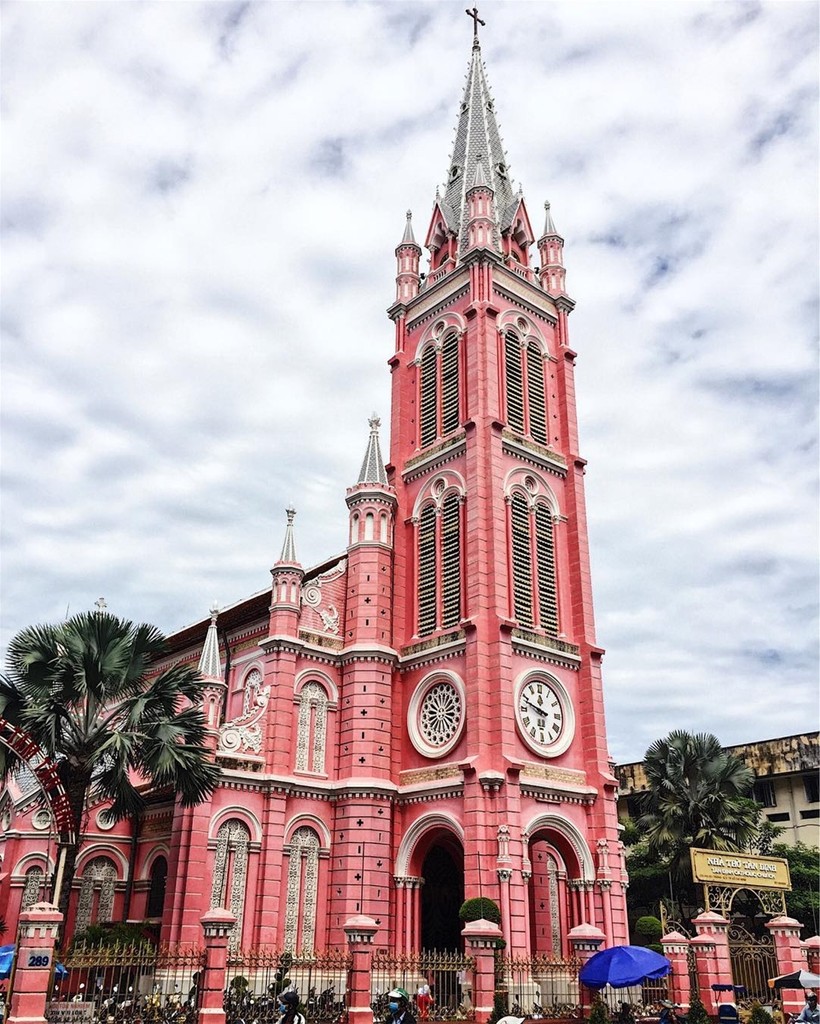
Tan Dinh Church (Source: Google Maps)
Tan Dinh Church, with its striking pink façade, is a remarkable example of French colonial architecture in Ho Chi Minh City. Completed in 1876, this Roman Catholic church is one of the oldest in the city and features a blend of Gothic and Romanesque styles. The church is adorned with beautiful stained glass windows and intricate details that showcase the craftsmanship of the time. Its vibrant color and unique design make it a popular landmark for both locals and tourists. The church serves as a spiritual center for the community and hosts regular masses and ceremonies. Its architectural beauty and historical significance contribute to its status as a must-visit site in the city.
Vinh Nghiem Pagoda
Conclude your tour at this large and modern Buddhist pagoda, known for its impressive architecture and serene atmosphere.
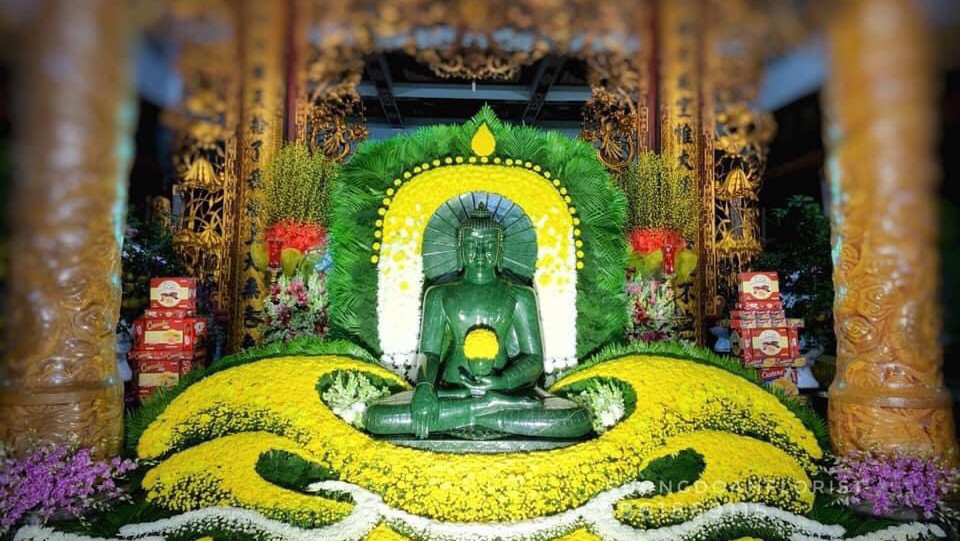
Vinh Nghiem Pagoda (Source: Google Maps)
Vinh Nghiem Pagoda is one of the largest and most modern Buddhist temples in Ho Chi Minh City, known for its impressive architecture and serene atmosphere. Completed in the late 20th century, the pagoda showcases traditional Vietnamese architectural elements, including intricately carved wooden details and large stone sculptures. It serves as a center for Buddhist worship and cultural activities, attracting both practitioners and visitors. The pagoda features beautiful gardens, a large statue of the Buddha, and various halls for prayer and meditation. Vinh Nghiem Pagoda plays a significant role in the spiritual life of the community, offering a peaceful retreat for reflection and connection to Vietnamese Buddhist traditions.

Your travels, your rules.
Create your own Free Walking Tours.
Set your preferences, distances and anything you want to do or see.
Completely free, no payment required.